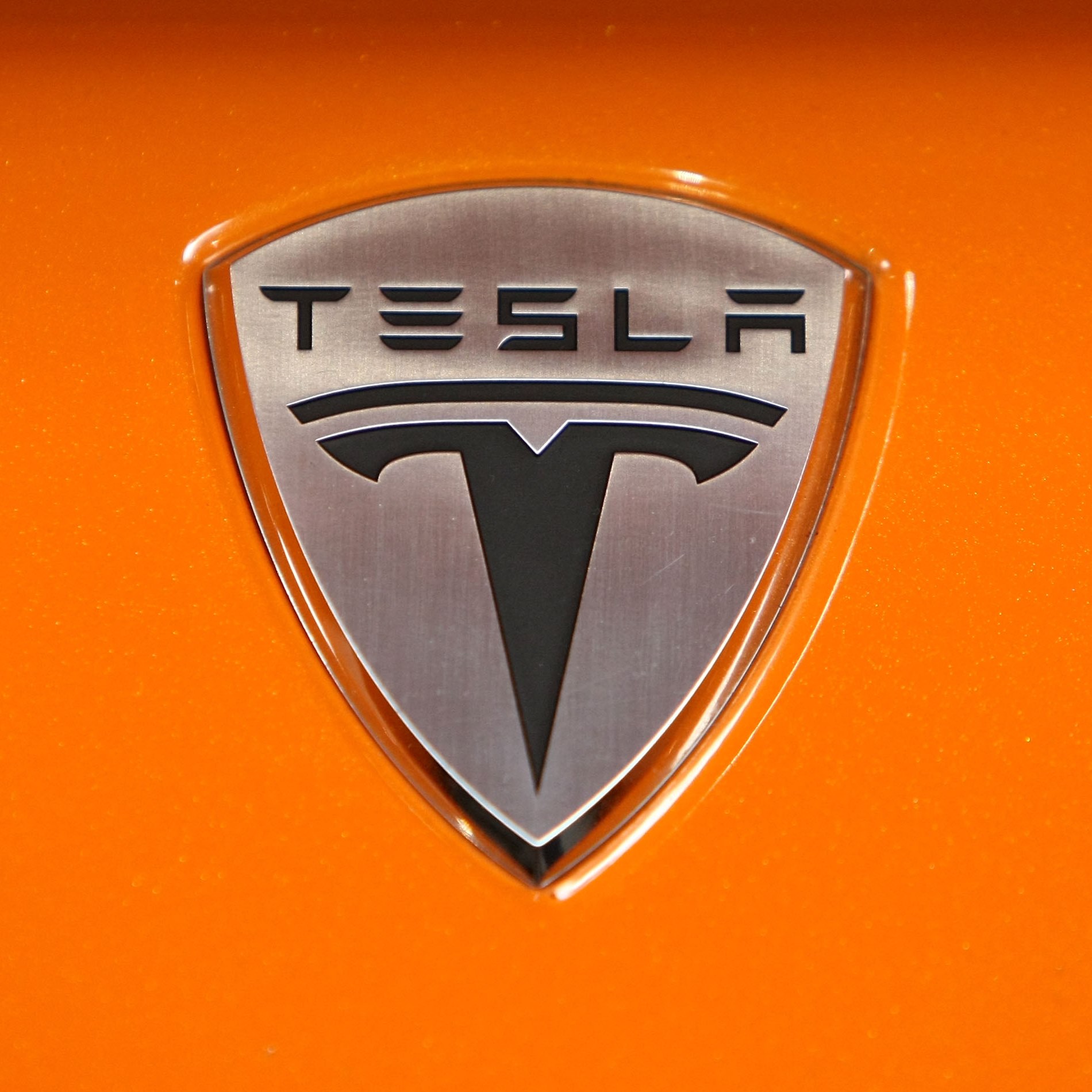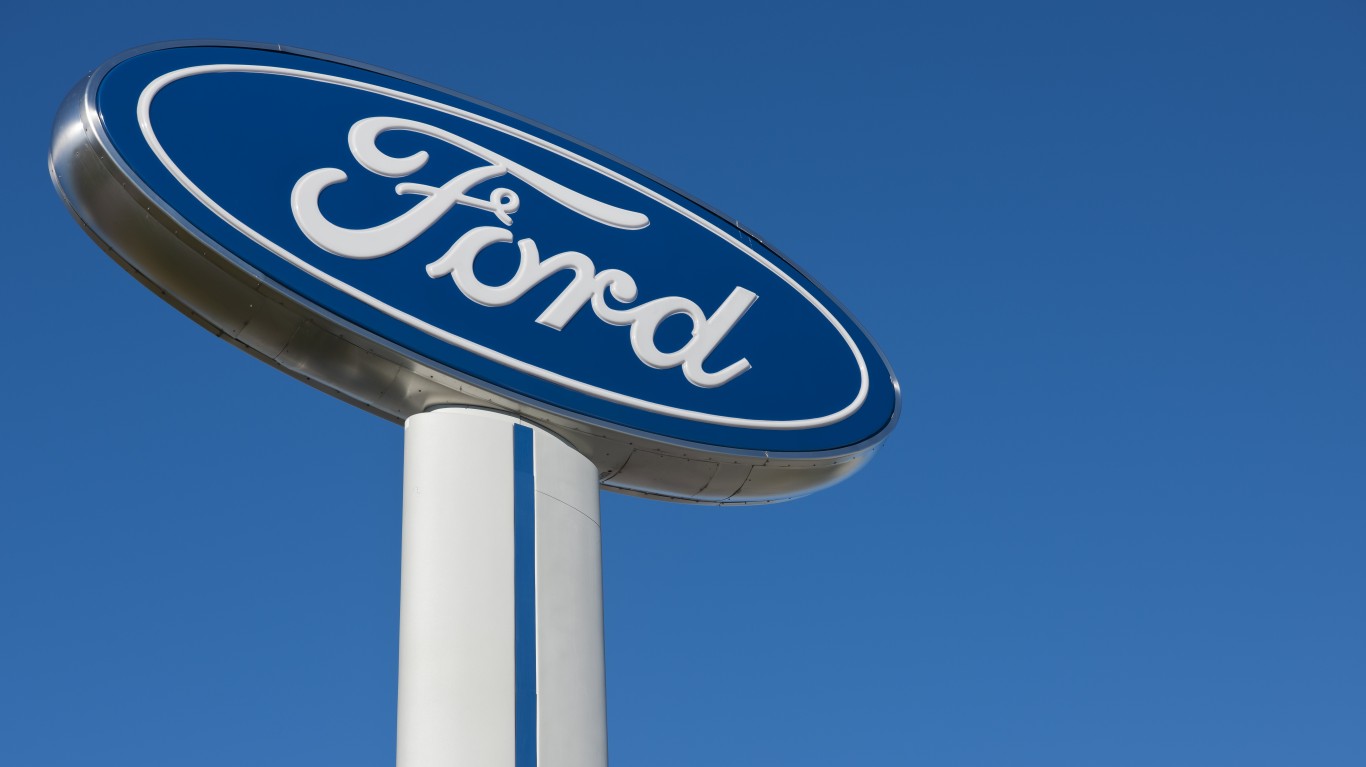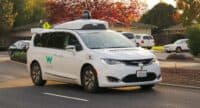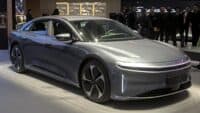
A Tesla Inc. (NASDAQ: TSLA) Model X crashed on Highway 101 near Mountain View, California, on Friday, March 23, killing the driver. At the time of the crash, the vehicle’s Autopilot system was engaged and, according to Tesla, the driver had received several warnings from the system and did not have his hands on the steering wheel at the time of the crash.
Less than a week earlier, a self-driving Uber vehicle with a human driver struck and killed a pedestrian in Tempe, Arizona. The U.S. National Highway Traffic Safety Administration is investigating both incidents.
According to Tesla, this is what happened in the Model X crash:
In the moments before the collision, which occurred at 9:27 a.m. on Friday, March 23rd, Autopilot was engaged with the adaptive cruise control follow-distance set to minimum. The driver had received several visual and one audible hands-on warning earlier in the drive and the driver’s hands were not detected on the wheel for six seconds prior to the collision. The driver had about five seconds and 150 meters of unobstructed view of the concrete divider with the crushed crash attenuator, but the vehicle logs show that no action was taken.
The reason this crash was so severe is because the crash attenuator, a highway safety barrier which is designed to reduce the impact into a concrete lane divider, had been crushed in a prior accident without being replaced. We have never seen this level of damage to a Model X in any other crash.
The Tesla blog post goes on to extol the virtues of the company’s Autopilot hardware, noting that drivers of an Autopilot-equipped Tesla are “3.7 times less likely to be involved in a fatal accident.” The post then refers to the dog that didn’t bark:
No one knows about the accidents that didn’t happen, only the ones that did. The consequences of the public not using Autopilot, because of an inaccurate belief that it is less safe, would be extremely severe. There are about 1.25 million automotive deaths worldwide. If the current safety level of a Tesla vehicle were to be applied, it would mean about 900,000 lives saved per year. We expect the safety level of autonomous cars to be 10 times safer than non-autonomous cars.
Technology companies and traditional automakers have invested large sums on developing autonomous driving technology, and while that development may be slowed down by fatal crashes it is not going to stop. But there are limits to today’s autonomous technology and carmakers and technologists need to curb the marketing messages and design the systems to account for their limitations and clearly describe what the autonomous systems do and don’t do.
Are You Ahead, or Behind on Retirement? (sponsor)
If you’re one of the over 4 Million Americans set to retire this year, you may want to pay attention.
Finding a financial advisor who puts your interest first can be the difference between a rich retirement and barely getting by, and today it’s easier than ever. SmartAsset’s free tool matches you with up to three fiduciary financial advisors that serve your area in minutes. Each advisor has been carefully vetted, and must act in your best interests. Start your search now.
Don’t waste another minute; get started right here and help your retirement dreams become a retirement reality.
Thank you for reading! Have some feedback for us?
Contact the 24/7 Wall St. editorial team.
 24/7 Wall St.
24/7 Wall St.



